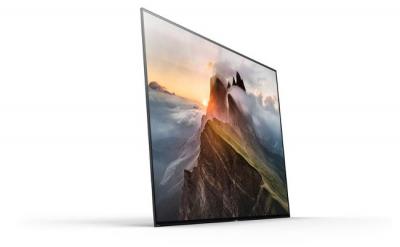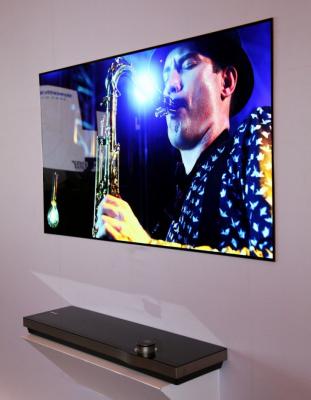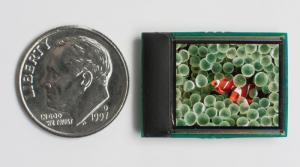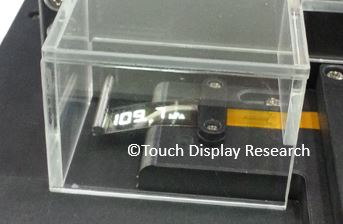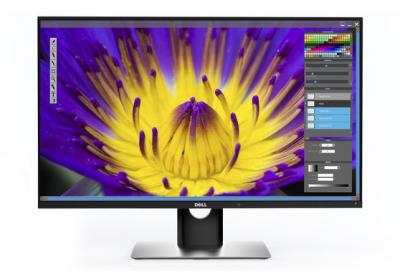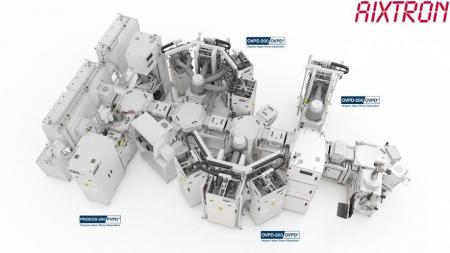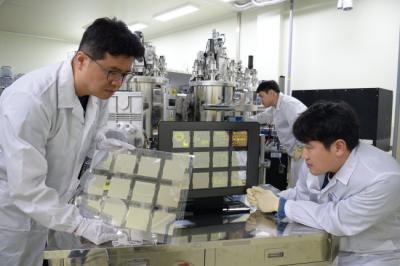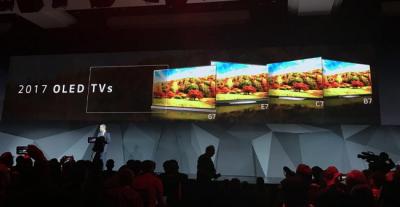Sony starts rolling out its XBR-A1E OLED TVs sooner than expected - and cheaper too
Sony launched its first OLED TV, the XBR-A1E, in January 2017, and the company now started shipping its TV in Europe and in the US (the 65" model only). The prices (at least on Amazon.com) are $1,000 cheaper than Sony first announced - the 55" model costs $3,999 while the 65" model costs $5,499. The 77" is not shipping or priced yet.
Sony's A1E features a flat 4K OLED (LGD WRGB) panel, Android TV platform, HDR (both HDR10 and Dolby Vision HDR) and a built-in speaker which is part of the stand behind the TV to create a stand-less form factor.
